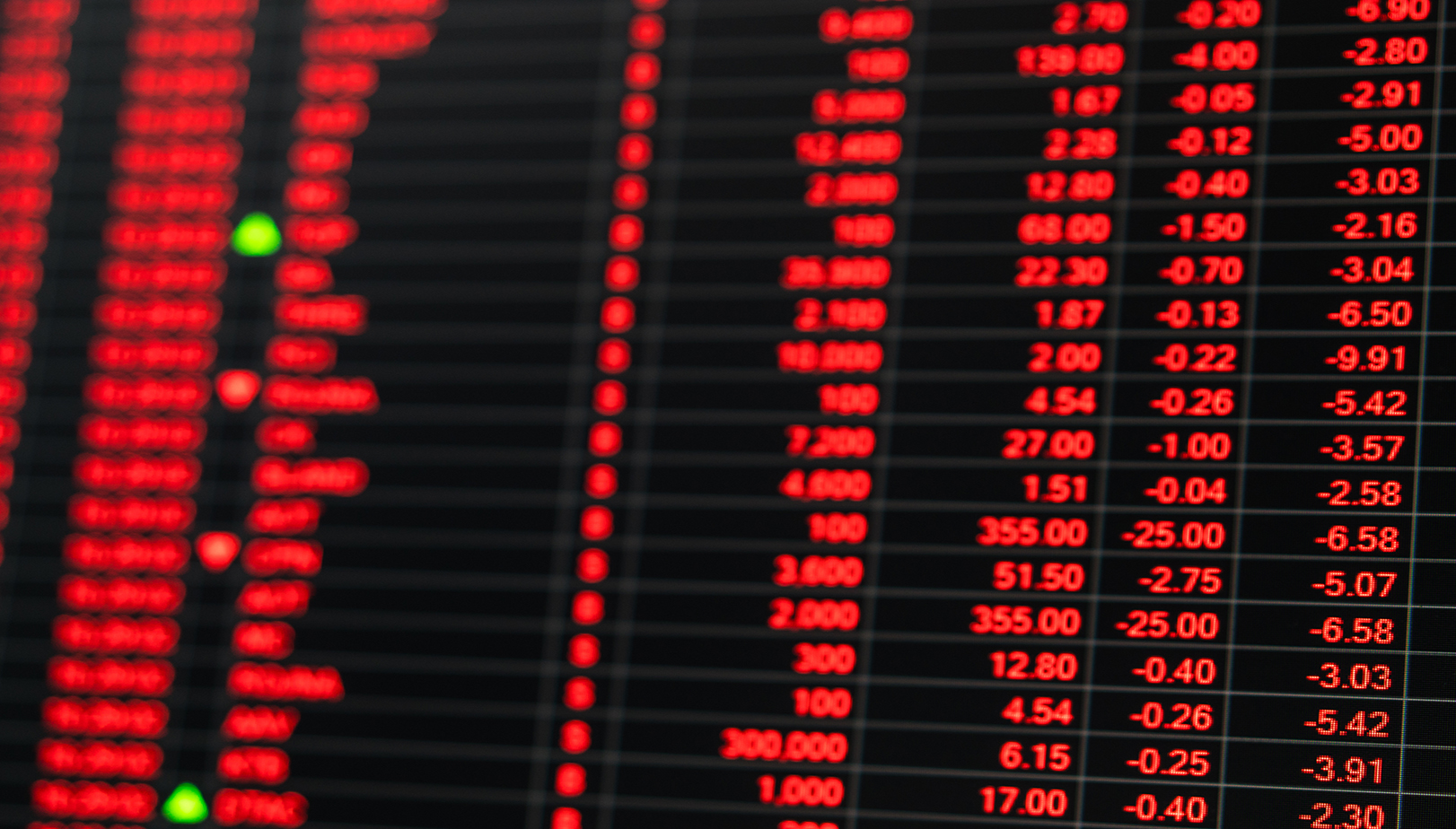The median seed startup today is worth $12 million, reaching $802 million by the time it goes public. Three years after IPO, however, almost two thirds of these companies are underperforming the market, with a sizable majority (64%) more than 10% behind the market’s returns.
In short, while private markets continue to reward companies with higher and higher valuations, the stock market punishes them after they go public.
Why most returns are made in private
There are a few potential explanations for this discrepancy. For one, by the time a firm goes public, it may be hard to continue to grow at the same breakneck pace as in its early days. The law of large numbers becomes a more significant constraint, and it may be difficult to move into new markets or product categories.
Additionally, the competitive landscape changes when a company goes public – larger firms with more resources can copy the business model and enter the market, putting pressure on margins.
Moreover, a short-term focus on quarterly results may lead to suboptimal decision-making by management. In order to meet Wall Street’s expectations, firms may make decisions that sacrifice long-term value creation, such as investing in marketing campaigns that boost short-term sales but don’t have a lasting impact.
The pressure to generate returns for shareholders may also lead management to take on the wrong risks, which can backfire. For example, a company may choose to enter into a new market that is outside of its core competency, in hopes of generating higher growth. But if the foray fails, it can drag down the firm’s stock price and negatively impact long-term shareholder value.
It’s also worth noting that going public is an onerous process that can occupy management’s attention and resources for months, if not years. This may further lead to a distraction from running the business, which can have negative consequences on performance. As a result, companies are staying private for longer, which is why we’re seeing more unicorns (private companies with valuations over $1 billion) than ever before.
Another advantage of investing in these privately-held firms is known as the “liquidity premium.” This is the extra return that investors demand for investing in illiquid assets, such as private companies, as opposed to liquid assets like publicly traded stocks. The reason for this is that it can be difficult and time-consuming to sell private company shares, and there is often less information available about these firms. As a result, investors demand a higher return to compensate them for the added risk.
Comparing typical returns
Of course, the average startup never makes it to IPO, and most don’t command such high valuations in the private markets.
Even comparing typical returns, private companies outperform public firms. According to Cambridge Associates, the S&P 500 has only returned an average 11% IRR, while the average VC fund generates a 19% IRR.
Private market investing has another advantage in that returns are relatively uncorrelated with the stock market. This is important because it means that investors can potentially generate higher returns without taking on additional risk. For example, a venture-backed startup may succeed even if the overall stock market is struggling, which provides diversification benefits for an investor’s portfolio.
The bottom line
Private markets have been outperforming the public markets for years, and with “dismal returns” ahead for stock market investors, now is the time to consider alternative investments.
Gridline is a digital wealth platform that provides access to some of the best-performing private market funds, so you can make the most of these opportunities. With lower capital minimums, lower fees, and greater liquidity, Gridline is the most efficient way to gain exposure to these assets.
